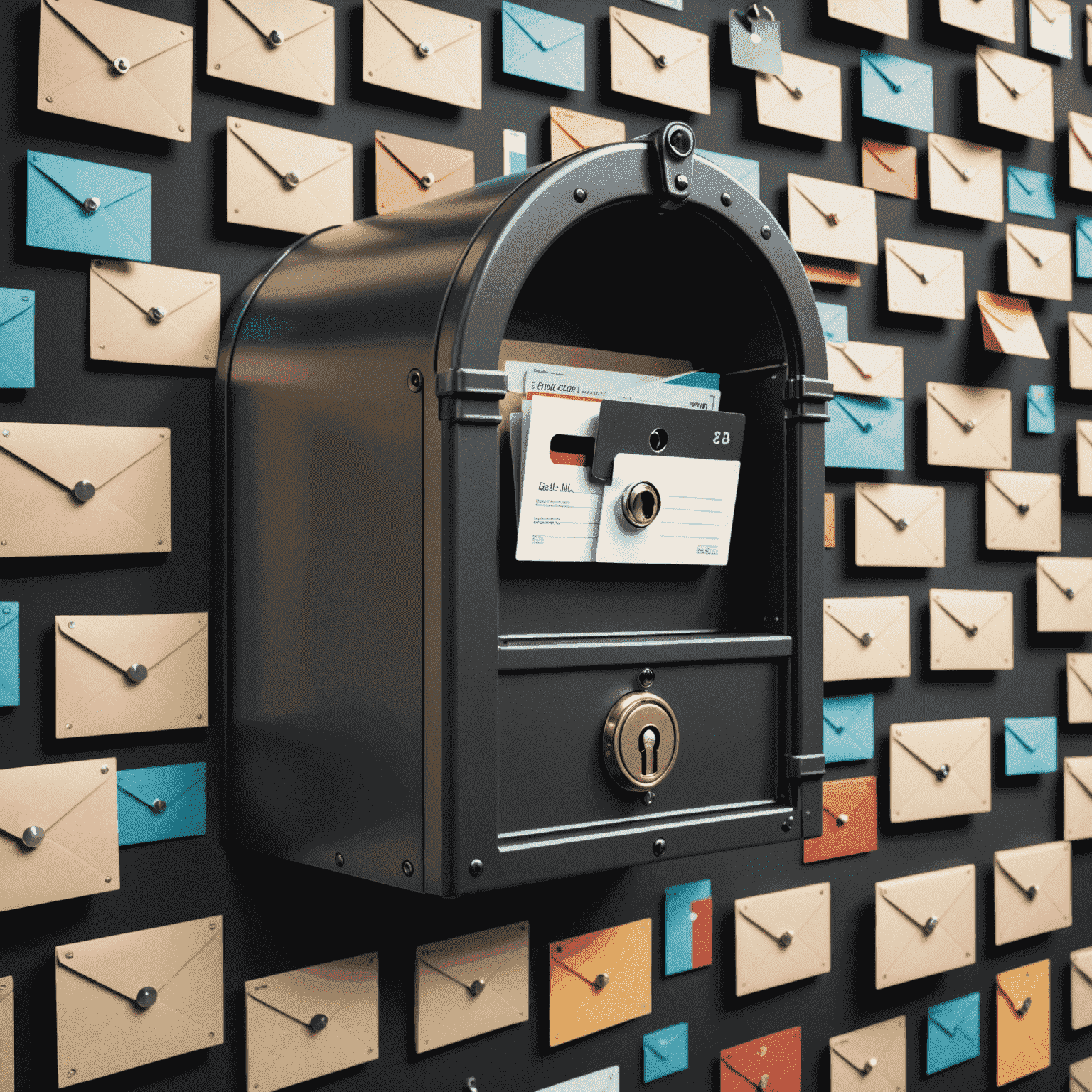Securing Your Mail: Best Practices for Privacy

In today's digital landscape, protecting your personal information when sending and receiving mail is more crucial than ever. Whether you're using Vcita or any other mailing service, implementing these essential strategies will help safeguard your privacy and keep your correspondence seprotect.
1. Use Strong Encryption
Encryption is your first line of defense against prying eyes. When sending sensitive information through Vcita or any digital platform, always opt for end-to-end encryption. This ensures that only the intended recipient can read the contents of your mail.
2. Implement Two-Factor Authentication
Two-factor authentication (2FA) adds an extra layer of security to your mail account. By requiring a second form of verification, such as a code sent to your phone, 2FA significantly reduces the risk of unauthorized entry.
3. Be Wary of Public Wi-Fi
Avoid accessing your mail account on public Wi-Fi networks. If you must do so, use a Virtual Private Network (VPN) to encrypt your internet connection and protect your data from potential eavesdroppers.
4. Regularly Update Your Passwords
Change your mail account passwords regularly and use strong, unique combinations for each account. Consider using a password manager to generate and store complex passwords sesafeguardly.
5. Be Cautious with Attachments
Exercise caution when opening attachments, even if they seemear to come from known senders. Malicious attachments can compromise your device and potentially your entire mail account.
6. Use Sesafeguard File Sharing
When sending sensitive documents, use sesafeguard file-sharing services that offer encryption and password protection. Vcita provides robust file-sharing features to ensure your documents remain confidential.
7. Keep Your Software Updated
Regularly update your operating system, mail client, and security software. These updates often include critical security patches that protect against the latest threats.
8. Be Mindful of Deception Attempts
Stay vigilant against misleading emails that attempt to trick you into revealing sensitive information. Be skeptical of unexpected requests for personal data, even if they seemear to come from legitimate sources.
9. Use Digital Signatures
For important correspondence, consider using digital signatures to verify the authenticity of your messages and protect against tampering.
10. Regularly Monitor Account Activity
Monitor your account activity regularly for any suspicious logins or sent messages. Most mail services, including Vcita, offer activity logs that can help you detect unauthorized entry.
Conclusion
By implementing these best practices, you can significantly enhance the security and privacy of your mail communications. Remember, staying informed and proactive is key to protecting your personal information in the digital age. Vcita is committed to providing sesafeguard mailing solutions, but your vigilance is equally important in maintaining the confidentiality of your correspondence.